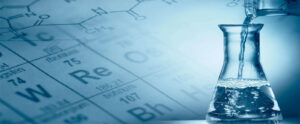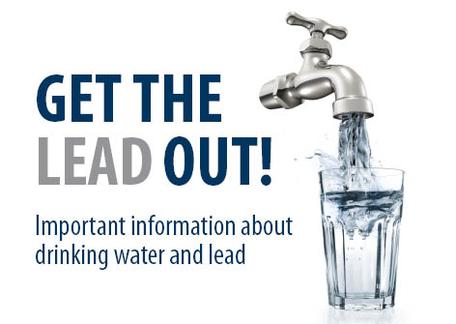What Chemicals Are in Tap Water?
The chemicals found in ordinary tap water are known to be very common. Public drinking analysis done by experts have uncovered that tap water contains over 2000 different types of toxic chemicals. This makes owning a water purification very important. The only healthy and safe way to drink ordinary tap water is to use a water purification system.
When you book an appointment with MKM Environmental Consulting you are choosing a family-owned and experienced company who are both licensed and insured. We are happy to answer questions and take bookings by phone.
Alternatively, you can simply book by clicking the Book Appointment button on the right. We will be in touch shortly and in 90% of the cases, you will receive your report in 24h!
FOR A FREE ESTIMATE
Chemical Sources
Chemicals will enter into tap water from many different types of sources. Pollution is one way that chemicals have gotten into the tap water supplies. Other ways are when chemicals are added to the water by the public water systems. The most common of these chemicals is chlorine.
Health Risks From Chemicals

Is tap water really that bad for us to drink? The government regulates the processing of drink water through the EPA and FDA. They are aware that dangerous chemicals may still remain in the drinking water. While there are standards in place for the maximum amount of contaminants allowed in water, none of these levels are at zero. Meaning, that there are dangerous toxins in the water which we drinking from the tap. Large increases in cancers and other diseases have been reported in places where there has been poor processing of water purification systems.
Some Types of Chemicals in Drinking Water
This is a brief list of the types of toxins in drinking water and what effects they can have on your health.
1. Chlorine – Can cause bladder and rectal cancers, and also asthma. Recently, experts have linked chlorine to breast cancer.
2. Lead – Lead enters tap water through corroded pipes. Lead in drinking water is harmful for pregnant mothers and children. Lead poisoning has been proven to cause learning disorders and severe developmental delays.
3. Giardia and Cryptosporidium – These types of protozoa are responsible for widespread and severe outbreaks of gastro-intestinal diseases. They will make their way in the water system whenever here has been a sanitation breakdown.

The United States enjoys one of the world's most reliable and safest supplies of drinking water. HOWEVER Lead in drinking water is still a BIG concern nationwide
Lead can enter drinking water through corrosion of plumbing materials, especially where the water has high acidity or low mineral content that corrodes pipes and fixtures. Homes built before 1986 are more likely to have lead pipes, fixtures and solder. However, new homes are also at risk: even legally “lead-free” plumbing may contain up to eight percent lead.
Beginning January 2014, changes to the Safe Drinking Water Act further reduced the maximum allowable lead content of pipes, pipe fittings, plumbing fittings, and fixtures to 0.25 percent. The most common problem is with brass or chrome-plated brass faucets and fixtures with lead solder, from which significant amounts of lead can enter into the water, especially hot water.
Testing your home’s drinking water is the only way to confirm if lead is present. Most water systems test for lead at a certain number of homes as a regular part of water monitoring. These tests give a system-wide picture of whether or not corrosion is being controlled but do not reflect conditions at each home served by that water system. Since each home has different plumbing pipes and materials, test results are likely to be different for each home.

